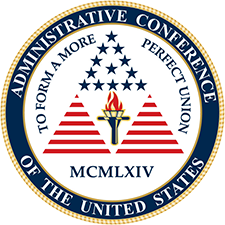Adjudication scheme under related to applications for (1) authorization to construct high-level radioactive waste (HLW) repository at a geologic repository operations area, and (2) licenses to receive and possess HLW at a geologic repository area. (See 10 CFR Part 2, Subpart J). Proceedings are initiated when the Department of Energy (DOE) indicates its intent to file an HLW application by certifying -- at least 6 months prior to the filing of its application -- that it has identified and made available electronically in an NRC database all required documents related to its application.
Public notice of DOE's HLW license applications are published in the Federal Register. Interested parties (including state or local governments) may file requests for hearings or intervention petitions that set forth one or more "contentions" (i.e., justiciable issues) along with supporting materials. Hearings are conducted by members of the Commission, an Atomic Safety Licensing Board (ASLB) panel, or a named NRC officer to whom final authority has been delegated.
(Note: Yucca Mountain is an example of a proposed HLW repository).
